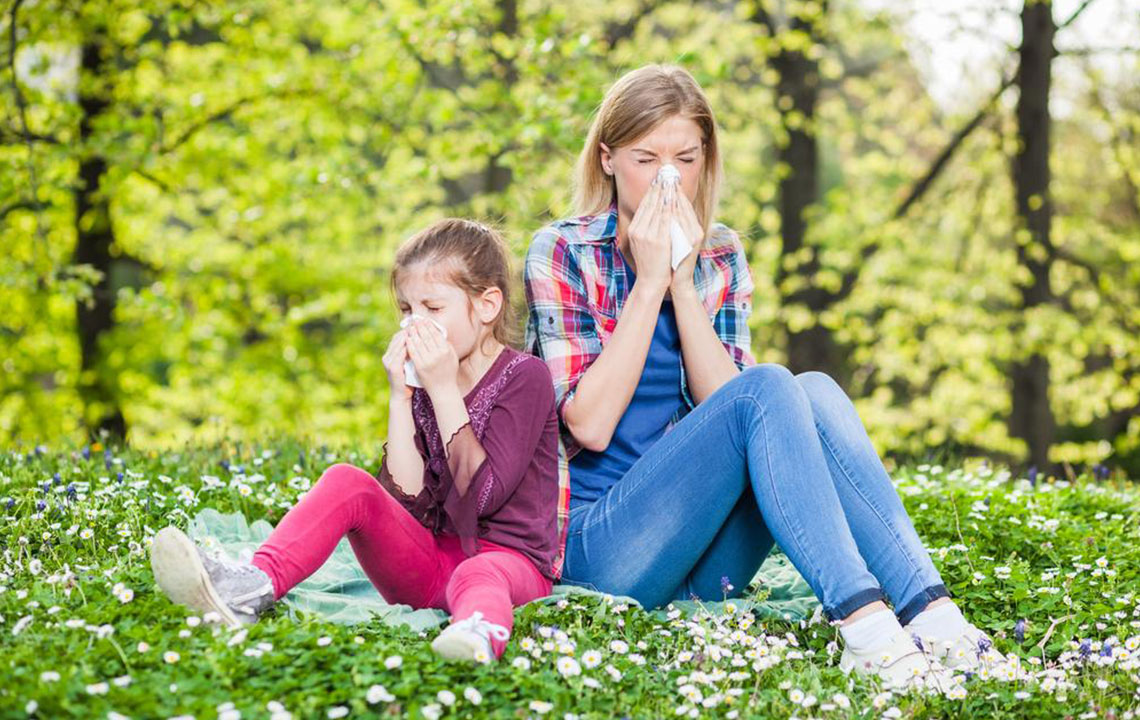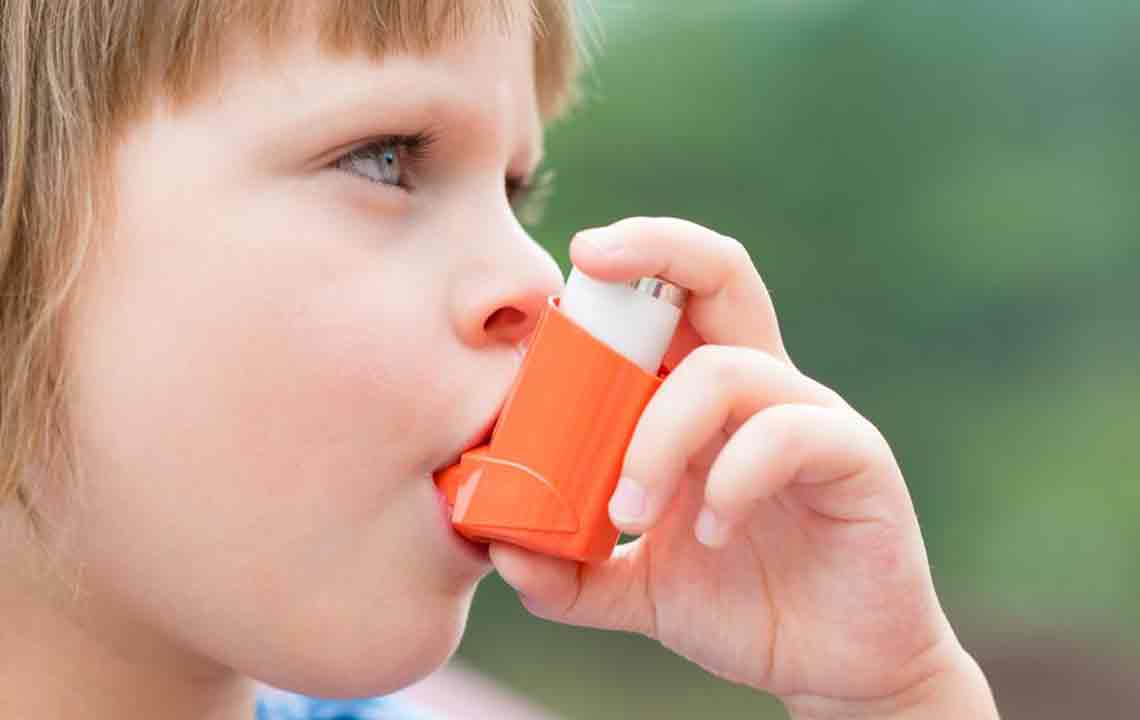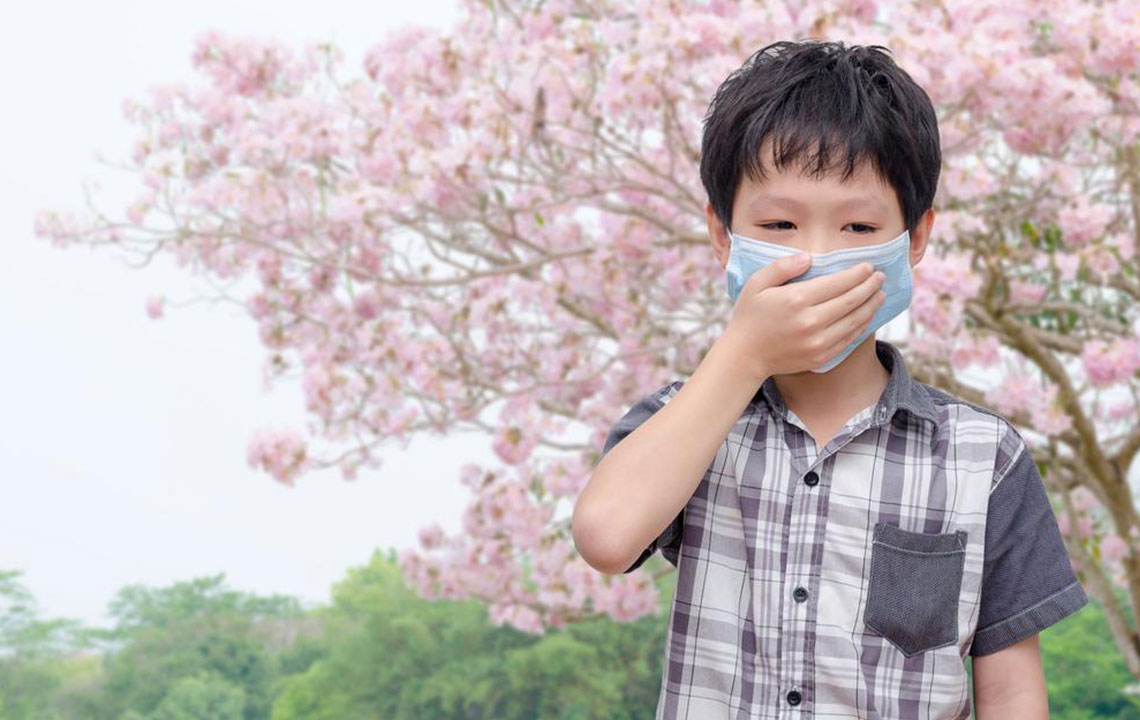Identifying Common Symptoms of Spring Allergies
Spring allergy symptoms include sneezing, nasal congestion, itchy eyes, sinus pressure, and coughing. These reactions stem from pollen, dust, and pet dander triggering immune responses. Recognizing these signs early helps in managing symptoms effectively through medications and home remedies. People experiencing severe reactions should seek medical attention promptly to prevent complications such as breathing difficulties or migraines. Awareness and timely action are key to enjoying the spring season comfortably.

Identifying Common Symptoms of Spring Allergies
Spring is a beautiful season, but it also brings allergy challenges for many. As plants release pollen, dust, and other particles into the air, individuals sensitive to these elements often experience sneezing and congestion. While there's no permanent cure, symptoms can be managed with medications, home remedies, and herbal therapies. Recognizing the signs of spring allergies is essential for effective control. These symptoms are primarily triggered by pollen, dust, and pet dander, prompting the immune system to react and produce allergic reactions.
Environmental factors like grasses, weeds, and tree pollens are common culprits. Allergic reactions occur when the immune system releases antibodies to fight these allergens, leading to histamine production. This causes symptoms such as runny nose, itchy eyes, and sneezing. Symptoms can vary from mild irritations to severe reactions depending on the person. Typical signs include:
Sneezing or Wheezing
Frequent sneezing without mucus, often accompanied by a dry nose, indicates spring allergies. This reflex irritates the nasal passages as airborne allergens enter.
Nasal Congestion and Discharge
Initially dry, the nose may become blocked or produce watery mucus, sometimes causing headaches and sinus pressure.
Itchy and Watery Eyes
As sneezing and congestion develop, eyes often become red, watery, and itchy, even if sneezing subsides.
Blocked Sinuses, Throat, or Ears
Sinus pressure can lead to a sensation of fullness, headache, and difficulty hearing, resembling cold symptoms. Steam inhalation might provide relief, but caution should be exercised.
Less common symptoms include:
Headaches or Migraines
Sinus congestion can cause persistent headaches or migraines that last days.
Breathing Difficulties
Some individuals might develop mild asthma, experiencing shortness of breath and nasal obstruction.
Coughing
The body reacts to airborne particles with dry coughs, aiming to clear the respiratory passages.
In severe cases, allergies can impair bronchial function, leading to serious breathing problems. Early detection of symptoms allows for prompt management to prevent complications.
Note:
Our blog provides practical information across various topics. While our research offers helpful insights, readers should treat articles as informational rather than definitive. We do not assume responsibility for discrepancies or inaccuracies. Additionally, some offers or schemes mentioned might not be available everywhere. Stay informed and consult healthcare professionals for personalized advice.










